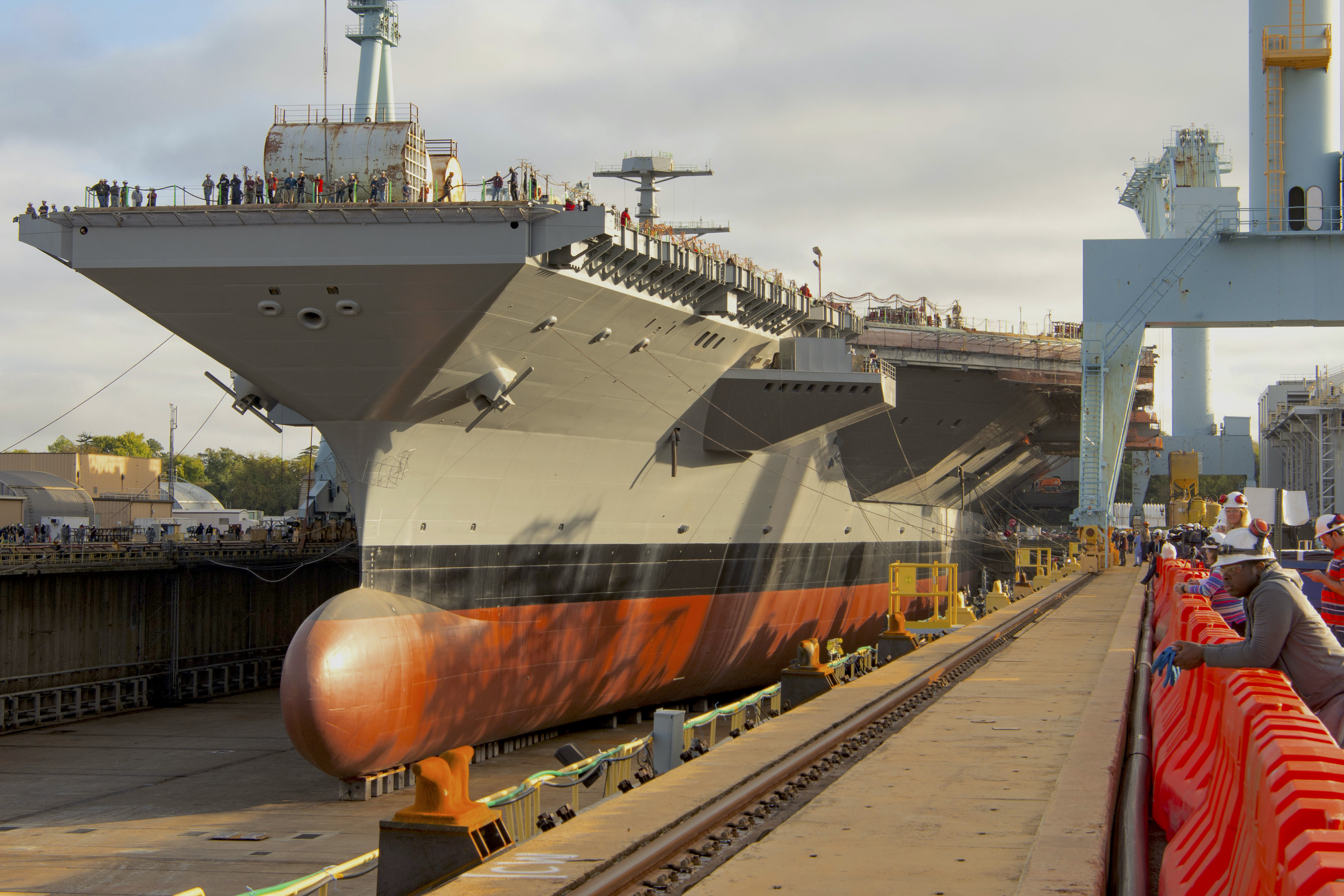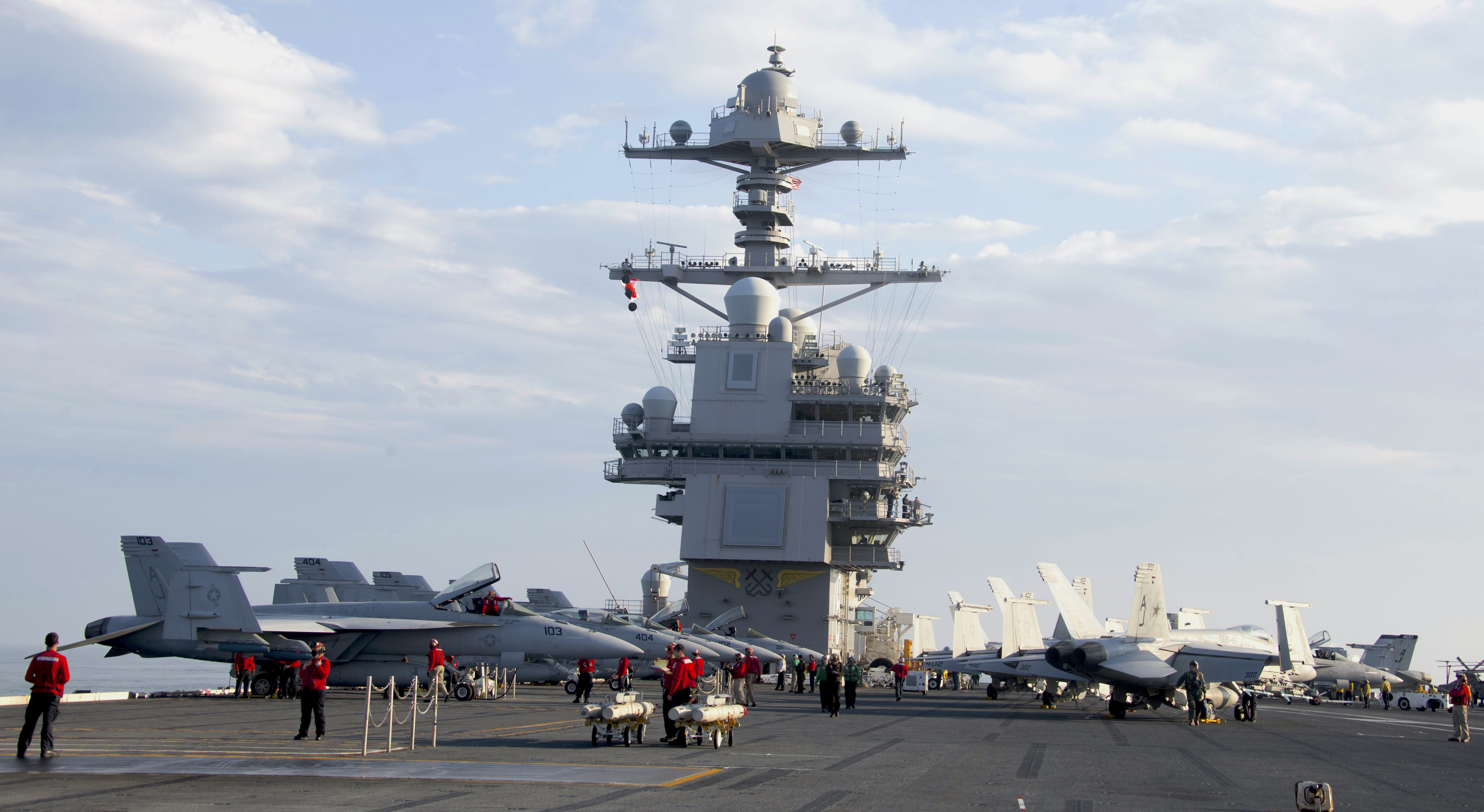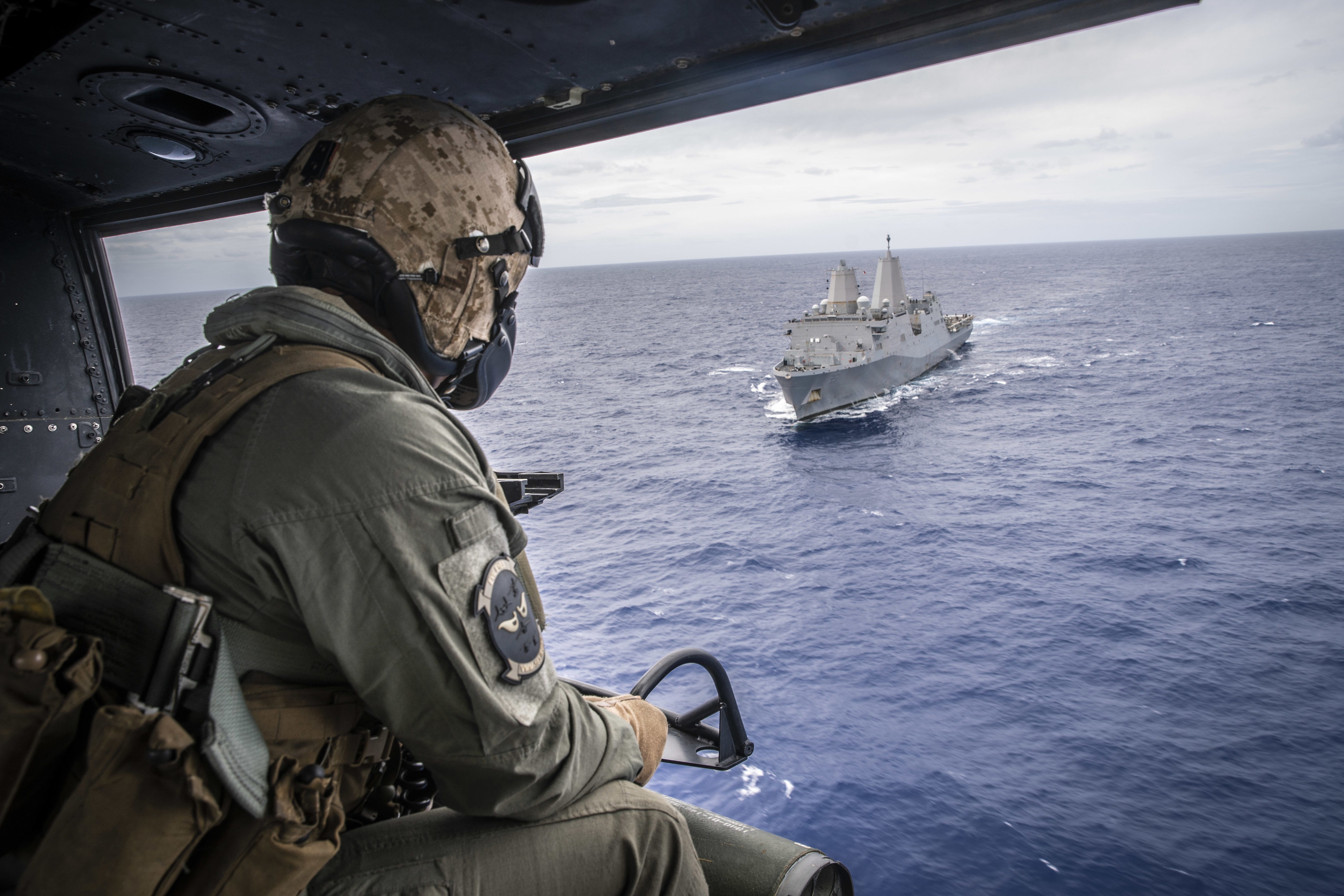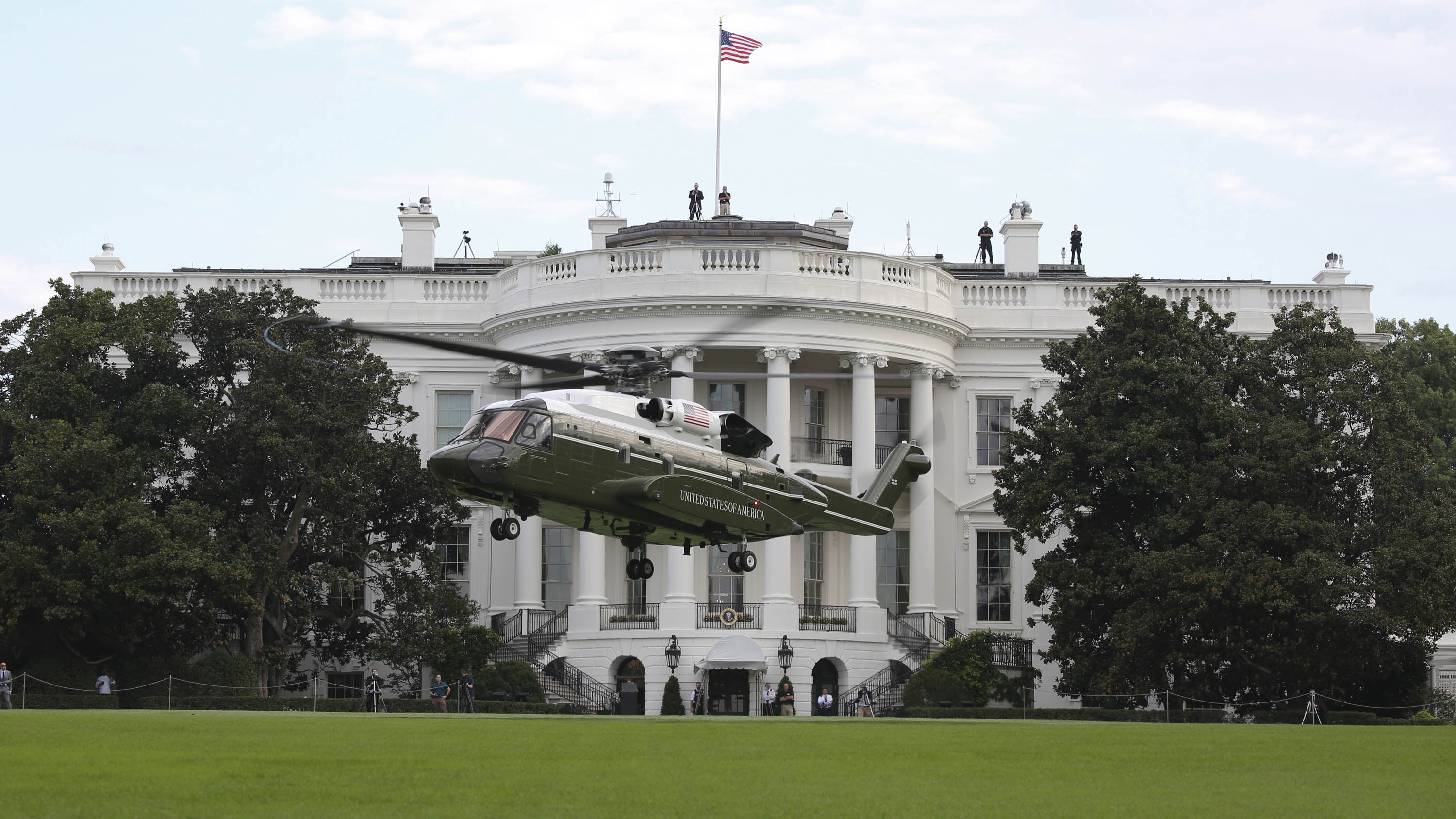
A lack of risk awareness in recent years has prevented Navy acquisition officials from anticipating technology hiccups, delays and potential cost-overruns, according to a new Government Accountability Office report.
The 18th Defense Acquisitions Annual Assessment, released this week by the GAO, provides a snapshot on the status of 121 major Department of Defense acquisition programs. Among the programs included in the GAO report are two dozen Navy programs that total $640 billion in Fiscal Year 2020 dollars.
“Most Navy major defense acquisition programs GAO assessed have had cost growth, schedule delays or both since first full estimate,” the report states.
The Navy is not alone with suffering cost overruns and program delays. Among the major defense acquisition programs (MDAPs) surveyed by GAO, researchers found several pushed through development without the ability to provide acquisition officials, service chiefs and service secretaries with the proper data to make informed decisions about whether a program was progressing as expected.
“We found that programs continue to move forward without the benefit of knowledge at key acquisition points, while future MDAPs reported plans to modestly increase the implementation of knowledge practices. These practices are key because we have found a statistically significant correlation between implementation of certain knowledge-based practices and improved cost and schedule performance,” the GAO report states.
In the Navy and Marine Corps, the GAO report found several instances of programs becoming bogged down because a critical piece of technology did not perform as planned. These programs are well known, such as the new Ford-class carrier and the Zumwalt-class guided-missile destroyer. Each experienced pricey development delays.
The GAO report highlights some of the underlying technology issues that caused the program delays. In some cases, the same root cause crosses several programs.

For example, problems with developing the Dual Band Radar (DBR) on USS Gerald R. Ford (CVN-78) are rippling through the fleet, not just the new carrier class. Challenges maturing the radar led the Navy to abandoned plans to use DBR on the follow-on Ford-class carriers, and instead push forward the development of the Enterprise Air Surveillance Radar (EASR), a scaled-down version of the Navy’s AN/SPY-6(V)1Air and Missile Defense Radar.
The Navy plans to install EASR on the future USS John F. Kennedy (CVN-79) during the ship’s second phase of delivery. EASR is also part of the Navy’s plan to control costs and reduce the risk of delays with its new frigate (FFG(X)) program.
“The Navy also expects to integrate versions of the radar on other ship classes beginning in 2021, which may reduce integration risk for FFG(X) if the Navy is able to incorporate lessons learned from integration on other ships during FFG(X) detail design activities,” the GAO report states.
The only catch for the frigate program, according to the GAO, is the Ford-class program is still developing EASR. The Navy is planning frigate-specific testing in 2022, according to the GAO. The Navy expects to start frigate construction in 2022, with a scheduled delivery by 2026, USNI News previously reported.
The GAO researchers are concerned the Department of Defense has not completed an independent technical risk assessment of the frigate program. Delays obtaining required information from the Navy mean the risk assessment will also be delayed. Deciding whether to move forward with the frigate program’s development could occur before acquisition officials have a full accounting of the program’s technical risk factors, the GAO report states.
In response, Navy officials stated they are “working to satisfy the requirement for an independent technical risk assessment requirement prior to development start.”

The GAO researchers noted similar EASR development concerns with the Navy’s plan to build the San Antonio-class amphibious transport dock (LPD) Flight II ships. The Navy plans to install EASR on the new ships. While live radar testing on an EASR prototype is underway, the GAO notes construction was due to start in April on the first Flight II ship. Ingalls Shipbuilding announced on April 16 it had started constructing the ship.
“Although program officials consider this low risk, the Navy will begin ship construction with little time to incorporate any lessons learned from radar testing, which could require the Navy to absorb costly changes and rework during ship construction if test results require design changes,” the GAO report states.
Navy officials responded to the GAO concerns, stating, “EASR testing is ongoing as of March 2020. Further, these officials stated that the Navy acquired LPD 30 under a sole source contract with Huntington Ingalls Incorporated. Also, program officials reported they have completed LPD 30 critical design and production readiness reviews and intend to begin construction as planned.”
Even the more powerful AN/SPY-6(V)1 radar presented problems for the Navy. Ship designers encountered challenges just fitting the larger radar on the Flight III Arleigh Burke-class guided-missile destroyers. Ship designers had to figure out ways to increase cooling for the larger radar’s equipment and accommodate an additional 400 tons of weight and greater volume to the ship. The deckhouse required increased space and structural enhancements and the ship’s hull was strengthened.
Once the structural issues were squared away, the Navy had to contend with software problems, the GAO states.
“The program delayed the start of power and integration testing for the AN/SPY-6(V)1 radar from January 2019 to April 2020 due to software-related deficiencies,” according to the GAO. The Navy has since resolved the problems, the report adds.

Navy officials stated in the report the Arleigh Burke program “rebaselined the radar test and delivery schedule to better align production and testing and is on track to complete radar testing prior to the start of shipboard testing. Further, the program said the development of the radar and software are on track to support integration.”
Then, even when the Navy is able to tackle technical and mechanical issues, there’s still the chance unforeseen problems arise. The VH-92A Presidential Helicopter replacement program has fixed many known deficiencies and is making progress with making other post-production enhancements including some software upgrades, according to the GAO. But the Navy is still having trouble not killing the grass on the White House South Lawn when landing the helicopters.
“Heat from the auxiliary power unit and/or engine exhaust continue to damage the lawn under certain conditions. The program is studying solutions including aircraft design changes, lawn surface treatments, and operational procedural changes to minimize landing zone risks,” the GAO report states.
In response, Navy spokesman Capt. Danny Hernandez told USNI News, “we are working with industry on material and non-material solutions to mitigate any risks regarding the landing zone suitability requirement. The plan is to complete this work before 2021 [initial operational capability.”





